CAR MAINTENANCE TIPS

As your trusted partner on the road, ACDelco has the tools you need to keep your vehicle running smoothly. Check out the car maintenance and safety tips below for helpful reminders and special steps you can take to stay one step ahead of potential car problems.
SIMPLE CAR CARE TIPS
In order for your vehicle to run efficiently for years to come, proper maintenance is key. Click below for simple steps you can take on a daily basis to both enhance your safety and reduce wear and tear on your vehicle.
COLD WEATHER CAR CARE TIPS
Your vehicle needs a little extra care as the mercury plummets. A little preparation before cool weather sets in may help prevent major headaches later.
WARM WEATHER CAR CARE TIPS
As temperatures increase, so do the demands made on your vehicle. Make sure your vehicle is up to summer’s challenge to ensure optimal performance and safety.
TIRE MAINTENANCE
Tire wear can depend on several factors, including your driving style and maintenance habits. Learn how proper tire maintenance can help improve your vehicle’s performance and even your fuel economy.
OIL SYSTEM MAINTENANCE
Oil is the lifeblood of your vehicle’s engine. Checking your oil level at every fuel fill-up is a simple way to ensure your engine has the lubrication it needs.
AUTO PARTS WARRANTY
We stand behind each and every quality part we sell. For further information regarding our warranty policies, please contact ACDelco via the Contact Us page.
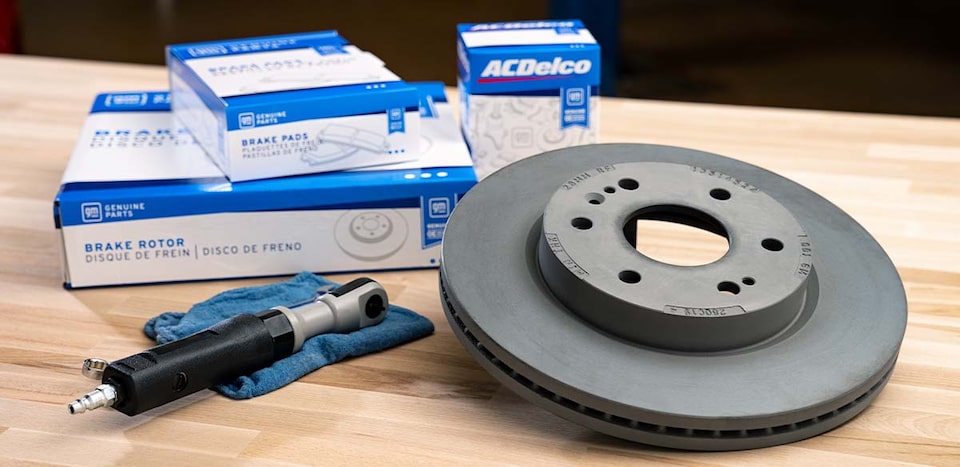
SIMPLE CAR CARE TIPS
Car Care Starts With You
For proper vehicle maintenance, make sure you are always aware of any problems or changes in your vehicle’s appearance and performance.
Start Your Vehicle And Get Moving
The faster you get the engine up to its proper operating temperature, the better.
Choose Car Soap Designed For Clearcoat Paint Finishes
The presence of abrasives could weaken the clearcoat and dull the finish. Dishwashing detergent can also be hazardous to your vehicle’s finish. Choose a car soap that is made for today’s clearcoat finishes.
Eliminate Roll Shifting
Always come to a complete stop before shifting from Drive into Reverse, or vice versa.
Don’t Ride The Clutch
If your vehicle is equipped with a manual transmission, improperly releasing the clutch pedal, pushing it too far or not far enough, or riding it at the point of engagement can damage parts. Strive for smooth, seamless shifting.
Fill Your Tank
Allowing your fuel tank to run dry or be consistently low can lead to problems. Fuel pumped from a relatively dry tank may carry oxygen, moisture and deposits into the fuel line, and this could damage the fuel filter or fuel pump. It’s best to fill your tank any time it’s less than one-third full.
Beware Of Additives
Mixing additives into oil, transmission fluid or gasoline may upset the chemical balances that already exist in these fluids. Stay away from additional additives unless recommended by your service consultant.
Don’t Forget To Release The Parking Brake
Make sure to use your parking brake when parked on hills. But to prevent any damage to your brake system, make sure the parking brake is fully released and the warning light is off before driving.
Follow Your Vehicle’s Maintenance Schedule
It’s best to change your oil, filters and spark plugs, and to conduct other vehicle maintenance as outlined in your vehicle Owner’s Manual.
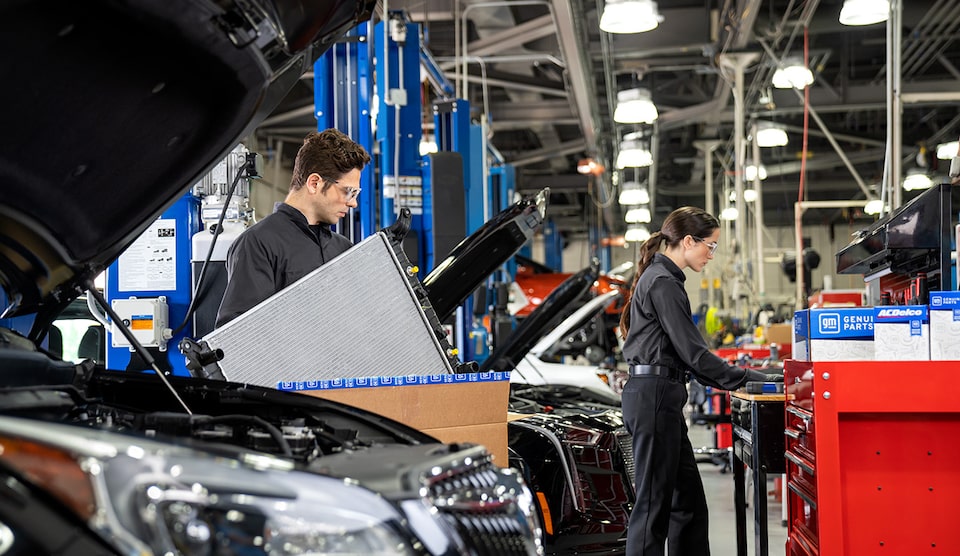
COLD-WEATHER CAR CARE TIPS
PREPARE YOUR VEHICLE FOR WINTER
You wouldn’t head out into cold weather without bundling up, and your vehicle faces similar challenges as the temperature drop. Check out these cold weather tips to prepare your car or truck for winter and your vehicle will run longer and more efficiently.
What You Can Do
- Cold weather reduces tire pressure, so check tire pressure often. See your vehicle Owner’s Manual for directions and details.
- In extremely cold temperatures, you may have to change the grade of your engine oil. Check your vehicle Owner’s Manual for the viscosity grade recommended for your vehicle’s engine.
- Check your wiper blades. Cold temperatures can make blades brittle, and ice on the windshield can cause nicks in the blades, decreasing performance.
WHAT ACDelco CAN DO TO HELP
Even in climates that don’t see subfreezing temperatures or regular snow, the change of season is a great time to have your ACDelco Professional Service Center technician inspect or check the following areas:
Car Battery
Very cold weather reduces the cranking capability of batteries, and a marginal one that worked in the summer may not start your car when the temperature drops. Have the battery inspected and replace it if the cold-cranking amps aren’t sufficient – it’ll be easier in the long run than a couple of jump-starts on a cold morning. So, if you are in need of a new battery or just want to have yours checked, visit a dealership or reputable ACDelco Service Centre that offers ACDelco batteries or visit our Batteries page.
Belts & Hoses
Extremely cold temperatures can increase the chance of failure for worn or cracked belts. Use the change of season to have them inspected and replaced as necessary.
Tires
Cold temperatures can reduce the air pressure in tires, so making sure the tires are properly inflated can enhance fuel economy and prolong the life of the tires. Also, be sure to have the tread wear inspected.
Windshield Wipers
Colder weather brings precipitation, be it rain, snow, sleet or all of the above. Have your car’s wipers inspected for normal operation and have the wiper blades replaced if they smear, streak or “chatter.” You’ll also want a full reservoir of washer fluid for the colder weather.
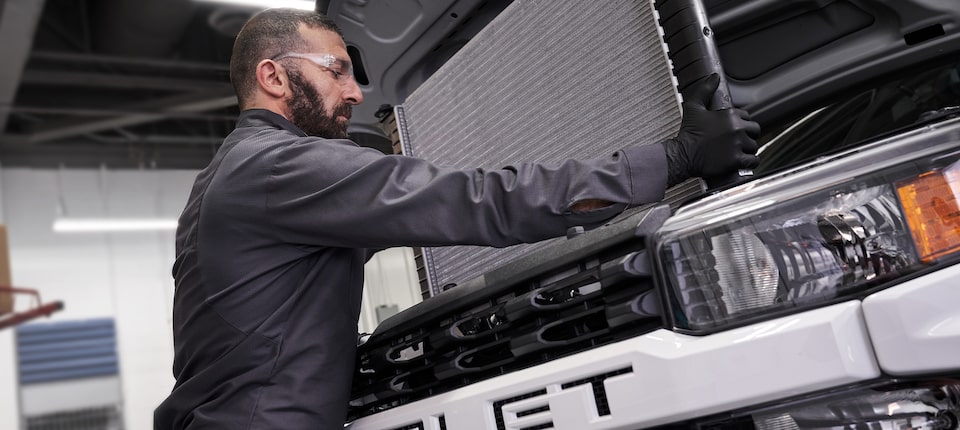
WARM-WEATHER CAR CARE TIPS
PREPARE YOUR VEHICLE FOR WARM WEATHER
As temperatures increase, so do the demands made on your vehicle. Make sure your vehicle is up to summer’s challenge by using the following car care tips.
What You Can Do
- In extreme summer temperatures, you may have to change the grade of your engine oil. Check your vehicle Owner’s Manual for the viscosity grade recommended for your vehicle’s engine.
- Check the coolant recovery reservoir under the hood when the engine is cold. Add the coolant recommended in your Owner’s Manual, if required.
- Check tire tread depth for excessive and uneven wear.
- Caught in a traffic jam? Leave plenty of room between you and the vehicle ahead of you, so the radiator can do its job.
WHAT ACDelco CAN DO TO HELP
- After a winter of coughing and sneezing, combined with allergens, bacteria, mold and other microscopic interlopers, you might need to replace your cabin air filter and thoroughly clean or vacuum interior surfaces.
- Winter can take a bigger toll on your vehicle than you think. See your dealer or ACDelco Service Centre that installs quality ACDelco parts for a pre-summer checkup.

TIRES & TIRE MAINTENANCE
TIRE REPLACEMENT
How To Tell If You Need New Tires
Tire wear depends on several factors, including your driving style and tire maintenance habits. But one sure way to know when to replace your tires is when treadwear indicators (if built-in) appear. A tire’s built-in treadwear indicators are “wear bars” that look like narrow strips of smooth rubber across the tread and appear when it’s time to replace the tire.
You Need A New Tire If:
- You can see three or more treadwear indicators around the tire.
- Cord or fabric is showing through the rubber.
- The tread or sidewall is cracked, cut or snagged deep enough to show cord or fabric.
- The tire has a bulge or split.
- The tire has a puncture, cut or other damage that can’t be repaired correctly.
TIRE PRESSURE
Maximize your tires’ performance and durability by monitoring and maintaining correct air pressure. Air is a gas, expanding when heated and contracting when cooled. Check your vehicle Owner’s Manual for recommended tire pressure.
Underinflated tires can cause:
- Premature or irregular wear.
- Poor handling.
- Reduced fuel economy.
Overinflated tires can cause:
- Unusual wear.
- Poor handling.
- Reduced fuel economy.
Checking Tire Pressure
TIRE ROTATION
Since each tire performs different tasks (such as steering or front- versus rear-wheel drive), tires wear at different rates. Rotating your tires at recommended intervals extends their useful life and achieves more uniform tire wear.
It’s important to rotate your tires according to the correct tire-rotation pattern. Front tires encounter different tasks than the rear tires. And a front-wheel-drive car’s tires perform different tasks than those on a rear-wheel-drive car. Your vehicle Owner’s Manual specifies which tire rotation pattern is right for your vehicle. Your vehicle’s front and rear tires may also use different pressures – make sure to adjust individual tire pressure to the recommended level for each wheel position. See your Owner’s Manual for recommendations.
Wheel Rust Or Dirt
Wheel Alignment And Tire Balance
Scheduled wheel alignment and balancing are not needed, since your vehicle’s wheels were aligned and balanced at the factory. But if you notice unusual tire wear or that your vehicle “pulls” one way or the other, the wheel alignment may need to be reset. If you notice your vehicle vibrating on a smooth road, your wheels may be out of balance. A tire that is out of balance often affects ride quality and can shorten the life of tires, bearings, shocks and other suspension components. A speed-dependent vibration—becoming noticeable around 70km/h and increasing as speed increases—is probably balance-related.
TIRE ALIGNMENT
Alignment is critical for ensuring that you get maximum wear and performance from your tires. Poor tire alignment results from your car’s suspension and steering system becoming out of adjustment with each other. The biggest indicator of your vehicle being out of alignment is a “pulling” one way or the other as you drive or unusual tire wear. Improper tire inflation can also cause unusual tire wear. Your vehicle may have both front- and rear-wheel alignment specifications. If you have concerns about your tire alignment, please visit your dealership or reputable independent workshop for professional advice.
What To Do When You Get A Flat Tire
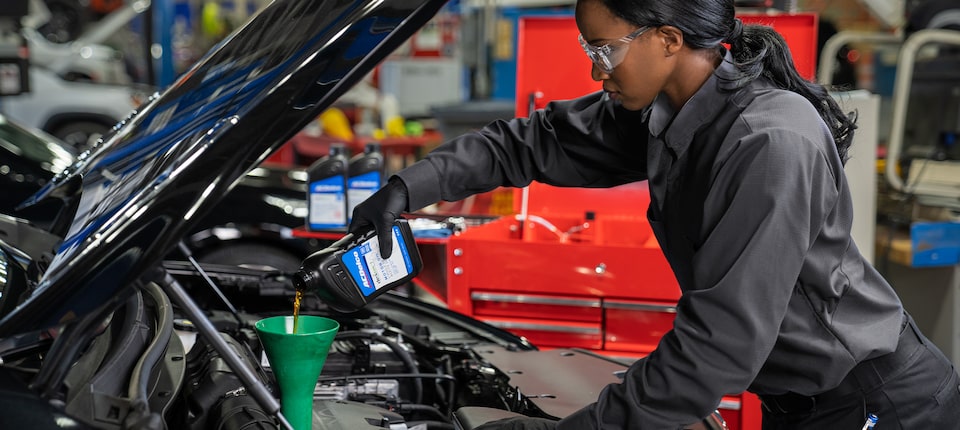
OIL CHANGE & ENGINE OIL SYSTEM MAINTENANCE
Whether you change your own oil or bring your vehicle to your dealership or ACDelco Service Centre for a service, maintaining your engine oil system is vital to the life of your vehicle. Driving around with dirty engine oil – or not enough oil – can shorten the life of your engine. Over time, repeated heating and cooling, as well as the accumulation of particles, can make oil thicker. Not only can this decrease its ability to flow (also known as viscosity), it can leave harmful deposits in your engine and cause extensive damage.
SELECTING THE PROPER ENGINE OIL
Choosing the proper grade of oil for your oil change is a critical step in engine maintenance. From conventional to fully synthetic, ACDelco offers a range of engine oil types, including ACDelco High Performance Oil and ACDelco Dexos1® Fully Synthetic Oil. Your trusted technician will know the right grade of engine oil to use for your vehicle, or you can check your vehicle Owner’s Manual for the correct grade.
OIL CHANGE WARNING SIGNS
Keeping an eye on oil level and other measures of your engine’s oil is critical. Lack of proper engine oil maintenance can damage the engine. Here are a few indicators that will help you prevent damage to your engine.
‘Change Engine Oil Soon’
This message will display on your instrument panel when your engine needs an oil change. This message may be displayed if the Oil Life Monitoring System in your vehicle (if equipped) was not reset during your last oil change.
Tailpipe Smoke
Heavy smoke from your tailpipe is a strong indicator that oil is being burned within the engine. This can be caused by a number of factors, including bad seals and worn piston rings.
Oil Leaks
One of the most immediate signs of an issue with your oil is a noticeable leak. If you detect a leak, address it as soon as possible. Catching a problem before it worsens can save you time and money.
Under-Hood Smoke
One of the most recognizable and dangerous oil warning signs is smoke coming from your engine. Oil leaking within the engine compartment burns when it drips onto hot engine parts. Leaks of this type should be addressed immediately.
‘Oil Pressure Low’ / Stop Engine
Low engine oil pressure can cause extreme and costly damage to your engine. If this message displays, safely bring your vehicle to a stop and do not restart your engine until the proper engine oil pressure is restored and the cause of the drop is corrected. You should check the oil level immediately. Do not operate the engine with the oil pressure warning light on or an ‘Engine Oil Low: Add Oil’ message is displayed.
ENGINE OIL LIFE SYSTEM
Most newer vehicles are now equipped with the Engine Oil Life Monitoring System. This system calculates engine oil life based on vehicle use. Most vehicles display a warning message when it is time for an oil change. When the Oil Life Monitoring System light comes on, bring your vehicle in to a dealership or reputable ACDelco Service Centre that carries quality ACDelco parts. Your technician will reset your Oil Life Monitoring System after an oil change, or you can consult your vehicle Owner’s Manual for instructions on how to reset the system yourself.
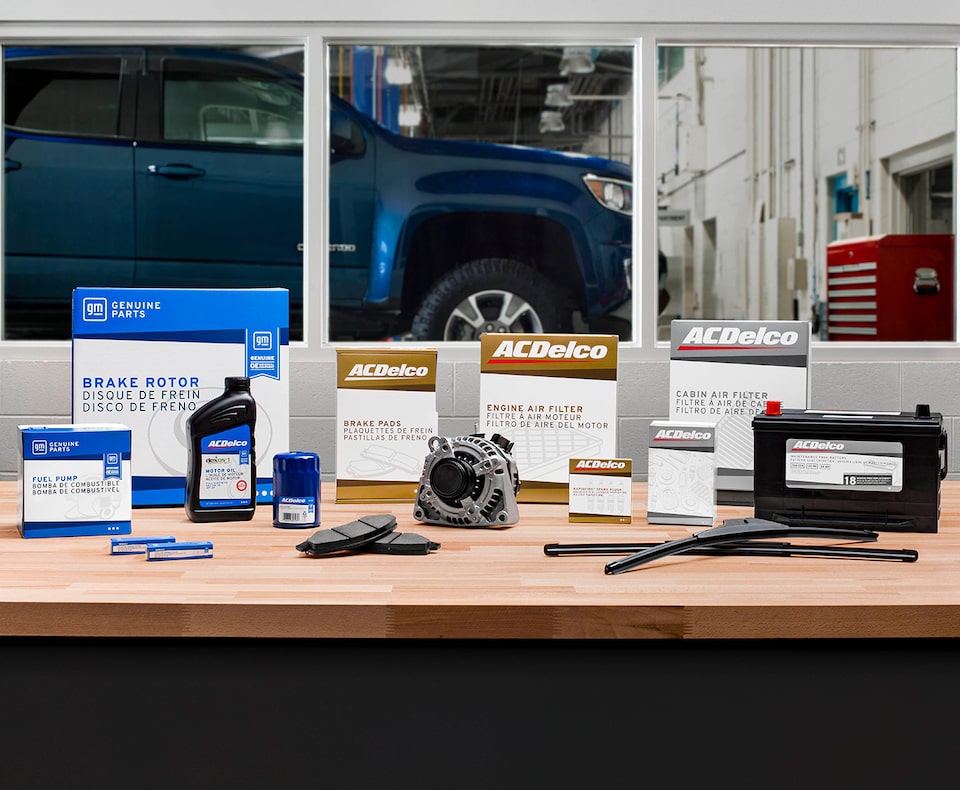
AUTO PARTS WARRANTY
AUTO PARTS WARRANTY
We stand behind each and every quality part we sell. For further information regarding our warranty policies, please contact ACDelco via the Contact Us page.
Parts Warranty Details
Our products come with a 12-month or one-year warranty, whichever comes first. For more information, including how to file a claim, please visit your nearest ACDelco parts store or ACDelco Service Center.
